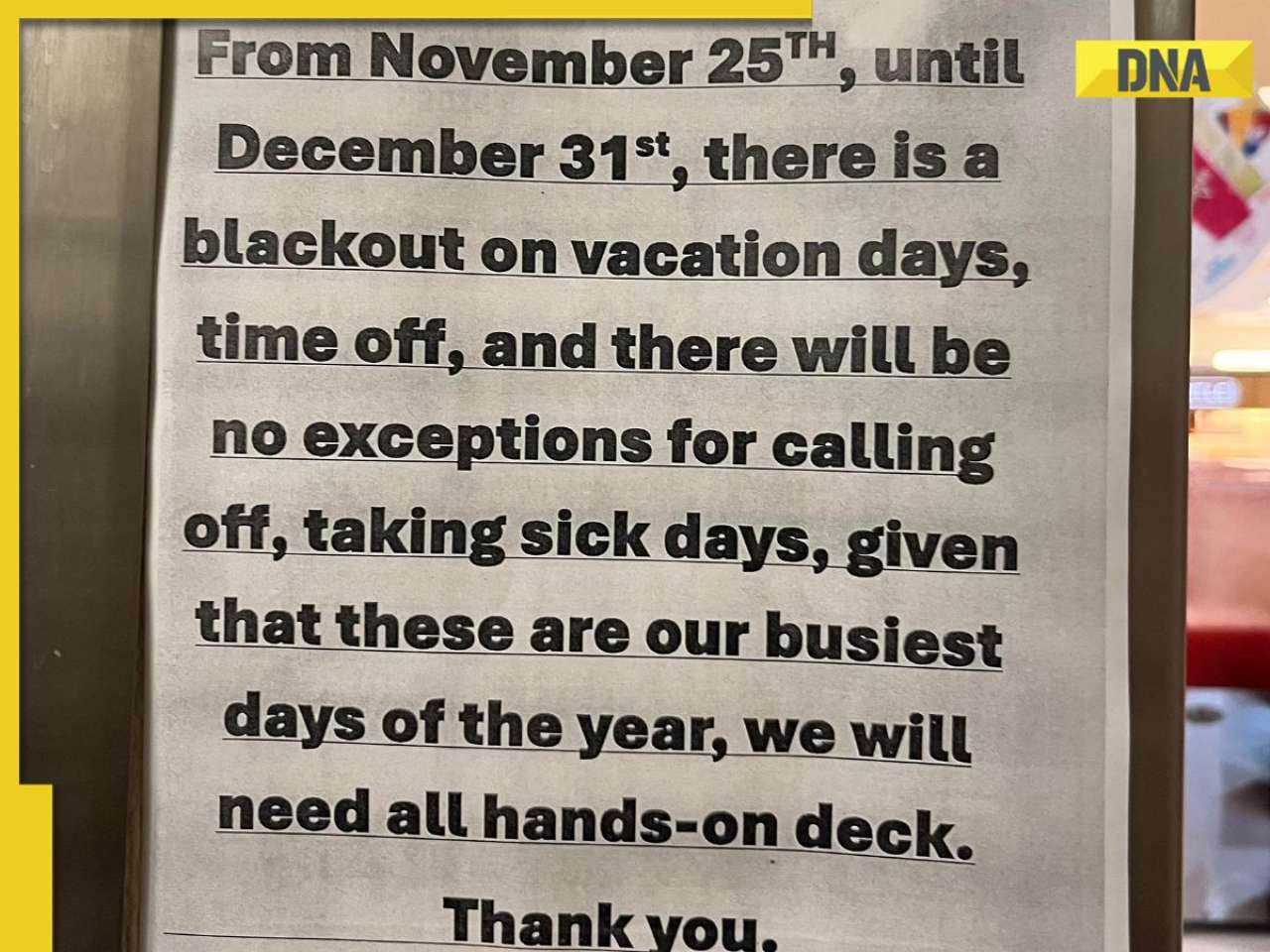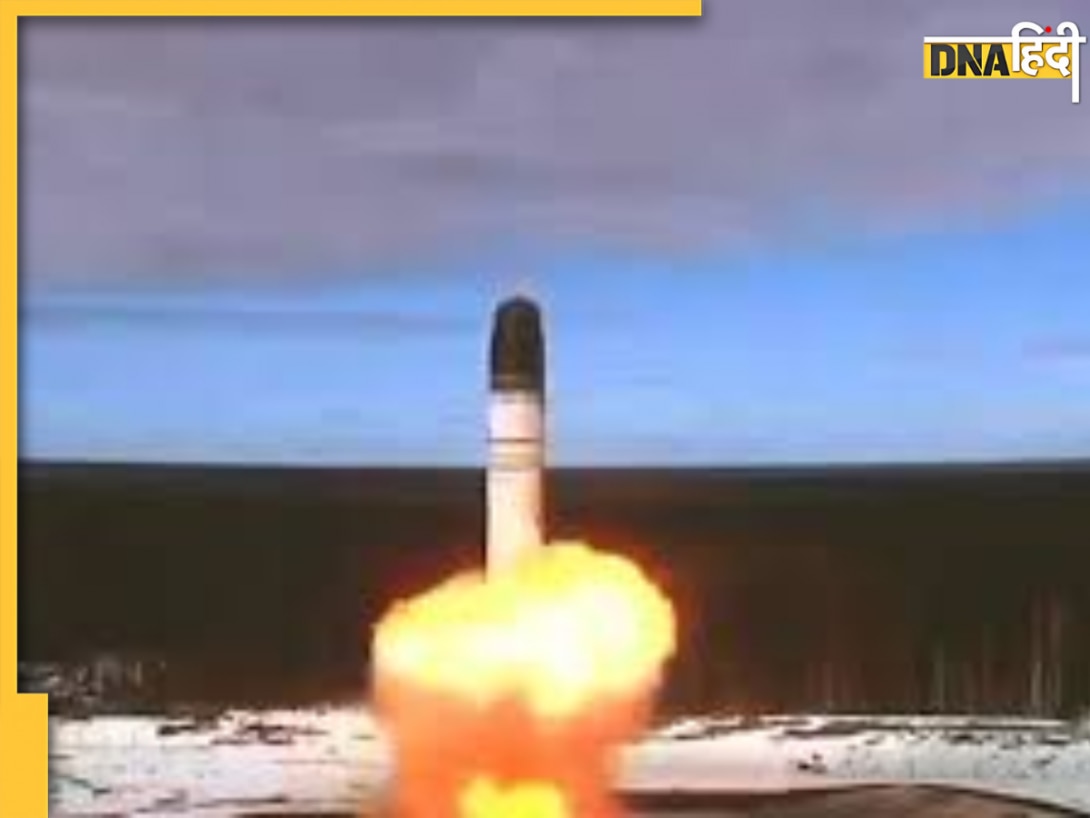- LATEST
- WEBSTORY
- TRENDING
SCIENCE
BIG CLAIM: New study reveals 14 km of solid diamond beneath surface of...
A new study suggests a 9-mile-thick diamond layer lies beneath Mercury, potentially solving planetary mysteries
TRENDING NOW
A recent study reveals that a thick layer of diamonds, possibly up to 9 miles thick, may exist deep beneath Mercury’s surface. While these diamonds are out of reach for mining, their presence could help unravel some of the planet’s long-standing enigmas.
According to the findings published on June 14 in the journal Nature Communications, Mercury might harbour a diamond layer hundreds of miles below its surface. This discovery could provide insight into the planet’s unusual composition and magnetic field.
Mercury has long puzzled scientists with its mysteries. Despite its small size and seemingly inactive geology, Mercury has a weak magnetic field. Moreover, NASA's Messenger mission found unusually dark patches on Mercury’s surface, identified as graphite, a form of carbon.
Yanhao Lin, a staff scientist at the Center for High-Pressure Science and Technology Advanced Research in Beijing and co-author of the study, was intrigued by Mercury’s high carbon content. "It suggested something extraordinary happened inside the planet," he said in a statement.
Scientists believe Mercury formed similarly to other terrestrial planets, starting with the cooling of a hot magma ocean rich in carbon and silicate. Initially, metals within this ocean coagulated to form a central core, while the remaining magma crystallised into Mercury’s mantle and crust.
For years, researchers assumed the mantle’s temperature and pressure allow carbon to form graphite, which then floated to the surface. However, a 2019 study indicated that Mercury’s mantle might be deeper than previously thought, significantly increasing the pressure and temperature at the core-mantle boundary. This could create conditions for carbon to crystallise into diamonds.
To explore this possibility, researchers from Belgium and China, including Lin, created chemical mixtures similar to Mercury's early magma ocean. They included iron, silica, carbon, and various amounts of iron sulphide, simulating the sulphur-rich nature of Mercury's present-day surface.
Using a multiple-anvil press, the team subjected these mixtures to extreme pressures and temperatures, mimicking conditions deep within Mercury. They also used computer models to precisely measure the pressure and temperature at Mercury's core-mantle boundary, determining the stability of graphite and diamond.
The experiments revealed that minerals like olivine likely formed in the mantle, consistent with previous studies. However, adding sulphur to the mix caused it to solidify only at much higher temperatures, conditions more conducive to diamond formation. Computer simulations indicated that under these conditions, diamonds may have crystallised as Mercury’s inner core solidified and floated up to the core-mantle boundary. The simulations suggested a diamond layer with an average thickness of about 9 miles.
While mining these diamonds is impractical due to Mercury’s extreme conditions and the depth of the diamonds (about 300 miles below the surface), their existence may explain the planet's magnetic field. The diamonds could facilitate heat transfer between the core and mantle, creating temperature differences that cause liquid iron to swirl and generate a magnetic field, Lin explained.
This discovery could also shed light on the evolution of carbon-rich exoplanets. “The processes that led to Mercury’s diamond layer might have occurred on other planets, potentially leaving similar signatures,” Lin noted.
Further clues may come from BepiColombo, a joint mission of the European Space Agency and the Japan Aerospace Exploration Agency, which is set to begin orbiting Mercury in 2025.







)
)
)
)
)
)
)
)
)
)
)
)
)
)
)
)




























































